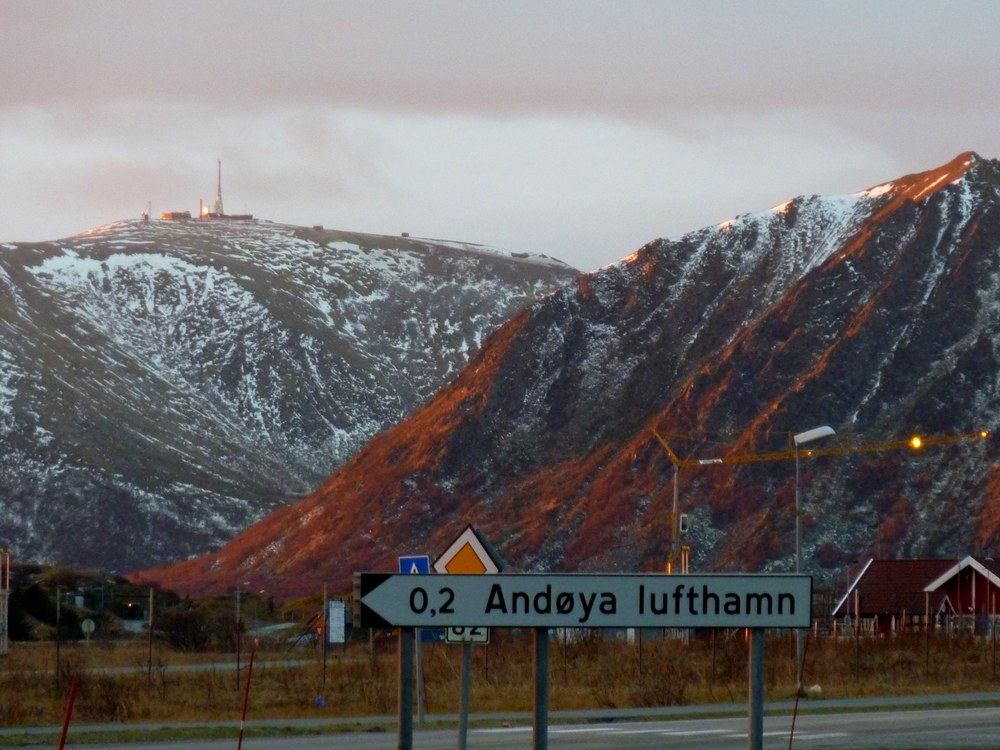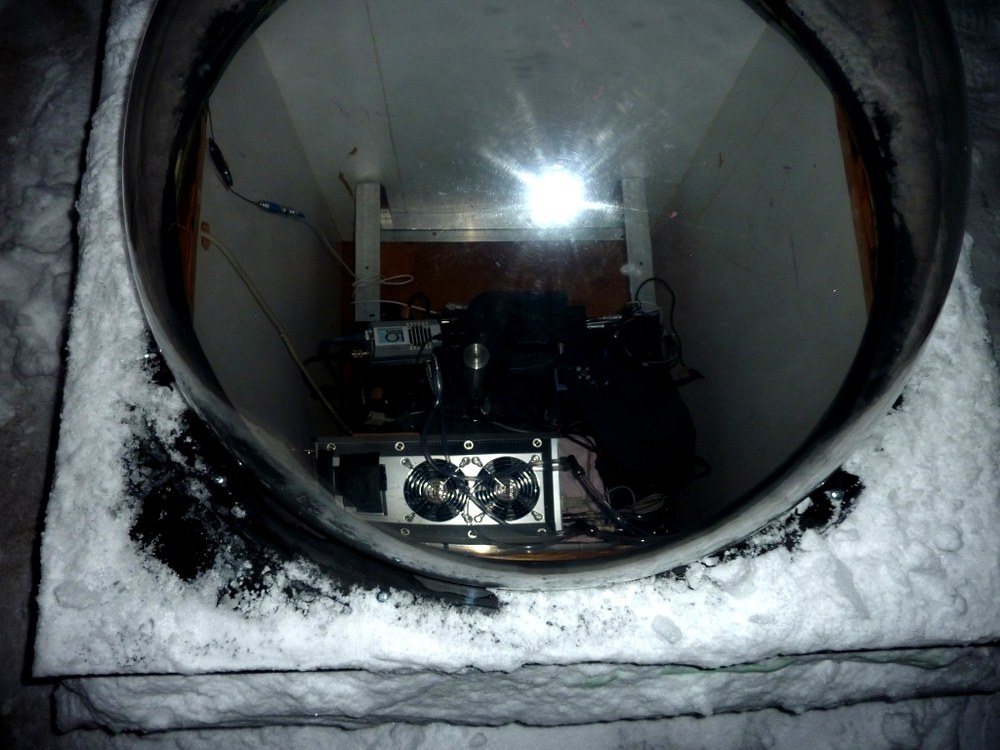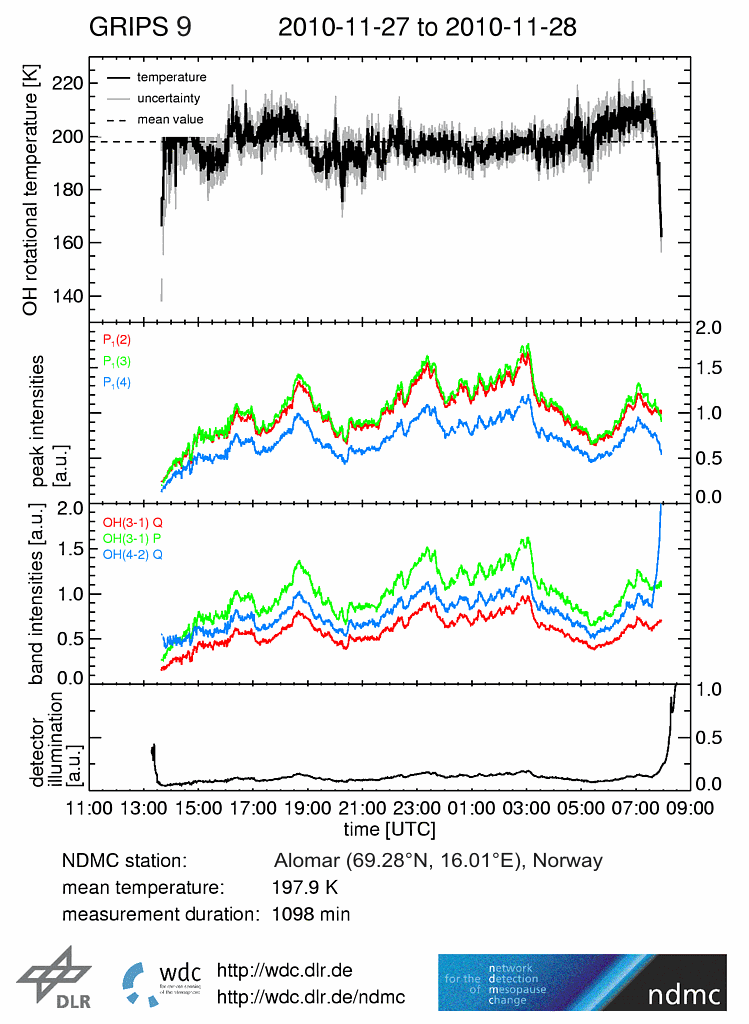1st NDMC InterComparison Campaign (NICC-1) at ALOMAR, Norway, has started – GRIPS instrument successfully installed



The Network for the Detection of Mesopause Change (NDMC) is a global program with the mission to promote international cooperation among research groups investigating the mesopause region (80-100 km) in order to reliably detect and monitor climate change signals. It is coordinated by the DLR-DFD; the World Data Center for Remote Sensing of the Atmosphere (WDC-RSAT), a Service of DFD, serves as data archive/distribution and communication platform for NDMC.
NDMC has established a common NDMC database and agreed to implement the data quality assurance strategy. This implies the need for repeated instrument intercomparison campaigns yielding comparable data. In principle there are three intercomparison methods:
- Collocated simultaneous measurements of the instruments to be compared.
- Instrument intercomparisons using mobile instruments.
- Use of satellite-based transfer standards. A combination of the three methods promises optimal results.
Subsequently, an intercomparison protocol covering quality assurance (QA) issues and common research operating procedures (ROP) for any of these intercomparison methods is currently further developed. The currently running NICC-1 campaign is the first step towards implementing the QA-requirements. The next step in the network-wide intercomparison activity will be to intensify ground-based/satellite comparison on a routine basis using well defined coincidence criteria.
The current emphasis of NDMC focuses on mesopause region airglow measurements. The airglow is an electromagnetic radiation emitted in the upper mesosphere in the visible and near infrared due to atomic and molecular excitations at these heights. The origin of most airglow-luminescence is a rather narrow layer of excited hydroxyl (OH) molecules from about 83-90 km height peaking around about 87 km. The excitation is caused by the exothermic reaction of ozone and atomic hydrogen.
The observation of airglow features by spectroscopic methods is a widely used method for the determination of upper mesospheric parameters. The GRIPS instrument is equipped with an InGaAs photodiode detector array specifically utilized for the observation of the bright OH-airglow emissions between 1.5 and 1.6 µm. The high temporal resolution of only 15 seconds per spectrum is significantly higher than the atmospheric Brunt-Väisälä frequency. This is significantly better than the temporal resolution achieved by most scanning grating spectrometers, making it well suited for the study of short periodic atmospheric waves, e.g. gravity and even infrasonic waves. The first GRIPS measurements at ALOMAR observatory is shown in Figure 3.
In addition to the intercomparison measurements, the detected NICC-1 signals will also be used for infrasound studies. During the NICC-1 campaign the Geminid meteor shower will impact on the Earth’s atmosphere producing infrasonic waves in the upper atmosphere which should be detectable with the GRIPS instrument. Another infrasound source at high latitudes is the aurora phenomena.
